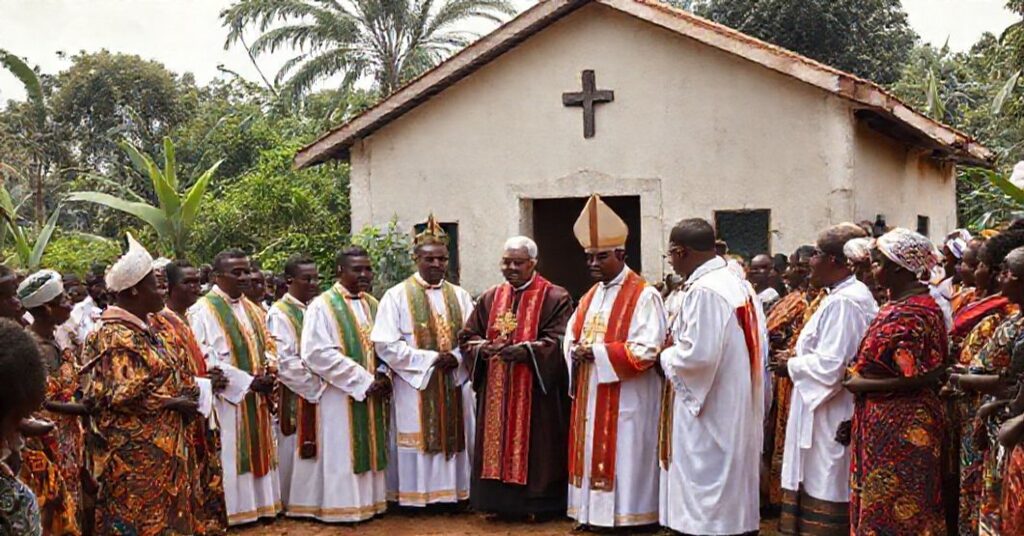Liberopolitana (1958.12.11)
The Latin text published under the name of John XXIII as the apostolic constitution “Liberopolitana” (11 December 1958) decrees a new ecclesiastical province in French Africa by elevating the see of Libreville (“Liberopolitana”) to metropolitan rank, detaching it from Brazzaville, assigning Mouila as suffragan, and conferring metropolitan status and insignia on Jean-Jérôme Adam, with execution entrusted to Marcel Lefebvre as Apostolic Delegate. The entire document is a cold, bureaucratic re‑zoning act—presented as pastoral solicitude—issued at the very threshold of the conciliar catastrophe by the first usurper of the Roman See, and it already manifests the juridical self‑confidence of a structure that had begun to separate hierarchical engineering from the integral confession of the Catholic faith.










